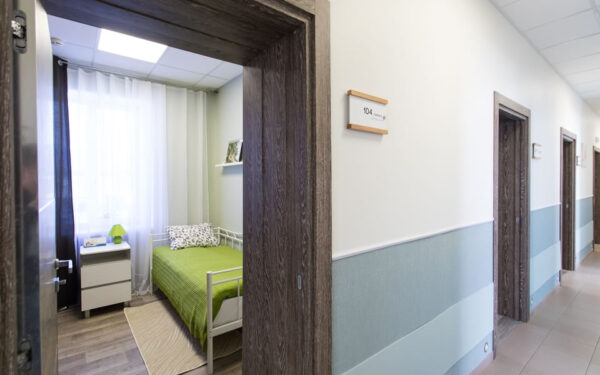The Future of Hospice and Medicare Advantage Organizations
By Scott Manson, CPA, Managing Director, Advisory Services
In the coming years, hospice providers will be increasingly impacted by the growth of Medicare Advantage Organizations (MAOs) and their evolving ability to offer hospice benefits to patients.
Until recently, MAOs could not offer the hospice benefit. However, the Centers for Medicare and Medicaid Services (CMS) is developing regional programs that will expand MAOs’ ability to offer hospice as a benefit under its Value-Based Insurance Design (VBID) demonstration. VBID’s hospice component enables MAOs to be financially responsible for all services, including hospice. This will help patients who need end-of-life care experience a seamless transition to hospice.
The impact on current hospice providers will be significant. Hospice providers have enjoyed substantial growth over the last several years in terms of the number of agencies established, patients served, days of care patients receive, and the amount of reimbursement available on a per-diem basis. According to MedPAC, from 2017 to 2021:
- The number of for-profit agencies increased from 3,101 to 4,008;
- The number of Medicare hospice patients served increased from 870,000 in 2010 to 1,290,000 in 2021;
- The total Medicare hospice spending increased from $12.9 billion in 2010 to $23.1 billion in 2021; and
- The number of hospice days for all hospice beneficiaries increased from 81.6 million in 2010 to 127.6 million in 2021.
The results of these potential changes could be profound. For example, if MAOs become more dominant in certain markets, they could increasingly control hospice referrals and utilization. This could result in significant consolidation of hospice providers as they become increasingly dependent on MAOs to obtain patients. Clinical care could also be impacted as MAOs create new standards of care and outcomes. MAOs may also be able to provide some form of curative care in addition to hospice care, which is currently not allowed and is often a barrier for patients who don’t want to enroll in hospice for fear the medical system is giving up on them.
Medicare hospice utilization among patients is extremely variable. According to MedPAC, in 2021 the median usage was 17 days and the average was almost 92 days. This data suggests a significant opportunity for both a reduction in care variation and an improvement in care access. Providers that can learn to work in a VBID environment with MAOs while offering improved clinical outcomes and superior access will continue to thrive. Those that cannot adapt may find the environment a lot more challenging.
Stay tuned as the evolution of hospice and MAOs is still in the early innings. We predict that this critical aspect of healthcare will continue to evolve as it receives increasing attention from patients, providers, and the federal government.
For more assistance in dealing with this or other healthcare issues, feel free to reach out to Scott Manson at [email protected]









